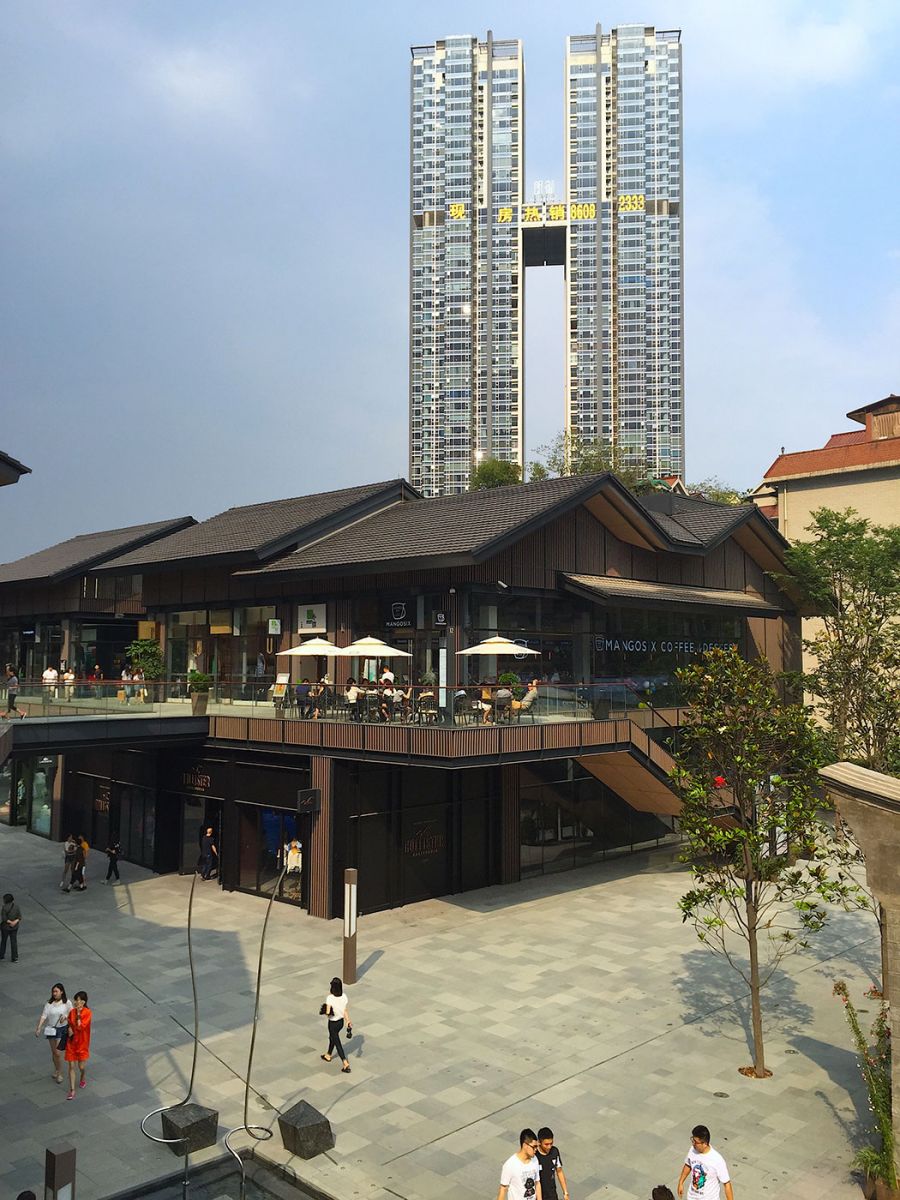State, global urbanism, and gentrification in Chengdu
Chengdu, an historical city situated in the heartland of southwest China, has been recently spotlighted by the international community. In 2015 the city accommodated a population of 6.98 million, including 1.07 million rural-urban migrants. Its notability derives from not only the city’s remarkable economic performance but also its heightened cultural vitality.
A critical moment of urban change occurred in 2003 with the innovations of the former party secretary (from 2003 to 2009). Secretary Chuncheng Li embraced theories of city marketing and paid close attention to urban imagery. Chengdu was for the first time branded as a liveable and amicable city, but one that lacked global acclaim. With this urban imaginary, Secretary Li promoted one of the most extensive urban redevelopment plans from 2002 to 2004, wherein 5.8 million square meters of housing were cleared away, and 110,000 households were relocated. 1 A small number of Singaporean, Taiwanese and Hong Kong investors played a significant role in importing modernist landscapes from Southeast Asia to Chengdu, and these symbolized a desirable international lifestyle for the newly rich in the city. Older Chengdu neighbourhoods have since been stigmatized as blighted, less civilized spaces and have become subject to “control, redefine and transform”. 2 Not so much an example of global urbanism, this wave of urban redevelopment spurred what is to date the fastest development of real estate and has tremendously benefited land-based local finance.
From 2009 to 2011, Secretary Li advocated for the second round of the urban redevelopment program. Soon after, he was charged with corruption in these urban projects and sentenced to 13 years in prison in 2015. On the heels of this event, the new municipal secretary Xinchu Huang established the North Chengdu Redevelopment Program in 2012, covering 211 km2, two urban districts and two suburban counties. From 2012 to 2014, this program dislocated 35,241 households. 3 If the landscape-making in the early 2000s showed a self-representation of globalization, the latter two waves of urban redevelopment have spoken to the clear-cut commitment of local governments to recast the city’s identity to be competitive in attracting transnational investment and new industries. At the southeast corner of the inner city, for example, new iconic spaces appeared on previous manufacturing bases. The minimalist and spectacular high-rise condominiums with facilities such as reinforced security systems, indoor gyms, cafes and clubs are said to provide cosmopolitan spaces for financial and business professionals. Commercial buildings inject local authenticity into a transnational landscape, presenting to the world a Chengdu with great potential to lead in urban creativity. The place has nurtured not only financial industries but also tourism, art industries, and trendsetting consumption and recreation.
The One Belt One Road Initiative currently promoted by the central government is heralding a new era for Chengdu. Territorially, the city inhabits an inland hub opening China to West Asia. The Chengdu government has been invigorated to innovate new approaches to sustainable development. New state-led urban strategies have been devised, converting the city from a battleground of investments and industries to talented people. Once the proper urban image is created, it is believed, those national and transnational elites will be lured to it, and investments and industries will follow. 4 Backing those strategies, a scoring system of people, adding to the hukou system, is established to function as a gatekeeper to the city. We forecast that a substantial number of rural-urban migrants in the city are in grave peril. This peril no longer directly represents a two-class conflict over space nor is it an issue of land rent exploitation by political-economic agents-notions built in the conventional literature on gentrification. It warns of the advent of gentrification as an immediate result of cultural isolation and socioeconomic deprivation due to the state-led creation of cultural urbanism.
Dr Qinran Yang, School of Architecture and Design, Southwest Jiaotong University, China (qinran.yang@swjtu.edu.cn).
